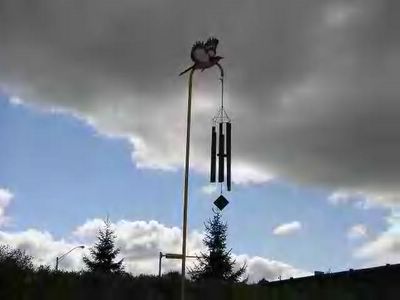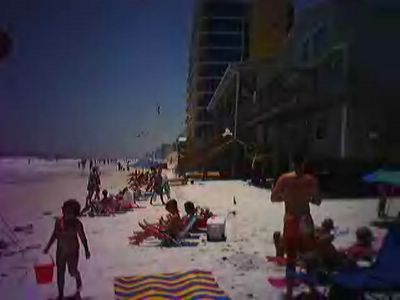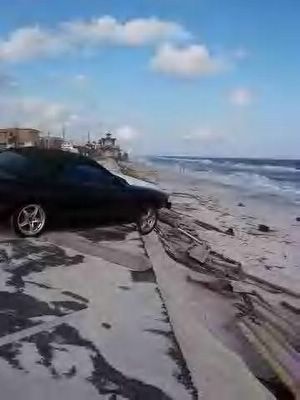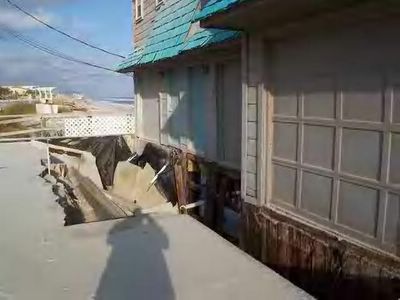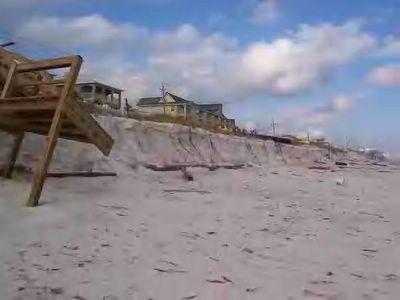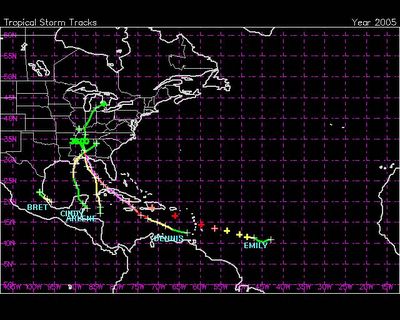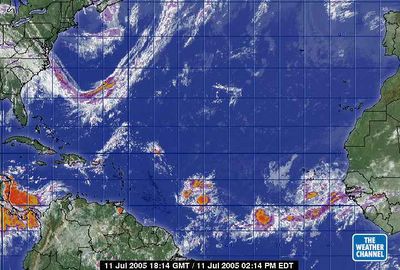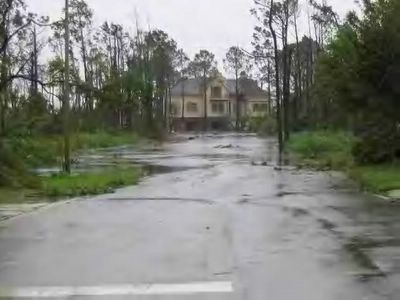
June 27, 2005. The Ambassadors of the Sea at Sea World. This is our Shamu. This is in San Diego. Of course there are other Shamus in Ohio, Texas and Florida. I saw the first Baby Shamu in Florida at the Orlando facility when he was six weeks old. That was in 1995 I believe. Many people oppose these beauties being in captivity and they are correct, but, these lovely animals as any animal in a zoo whether aquatic or not are ambassadors for their species. If it weren't for Shamu we would not be worried today about their survival. The aquatic zoos no longer 'harvest' the sea for their zoos, they raise their own. The ethics have vastly improved in the zoos across the nation but we remain vigilent to continue to improve them and be sure their funding is good. Today, we celebrate Shamu and his family in the oceans.





